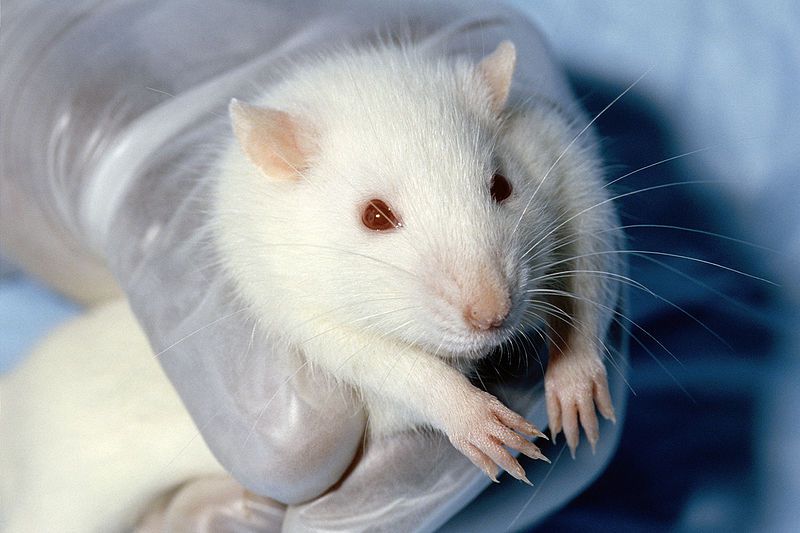-
 Greenstick fracture
Greenstick fracture
-
 Circuit switched connection
Circuit switched connection
-
 Plasma membrane
Plasma membrane
-
 Calcite
Calcite
-
 Podzolisation
Podzolisation
-
 Perineum
Perineum
-
 Lyase
Lyase
-
 Leukopenia
Leukopenia
-
 Backbone
Backbone
-
 Cachexia
Cachexia
-
 Bronchitis
Bronchitis
-
 Ingestion
Ingestion
-
 Richter Scale
Richter Scale
-
 Tumour antigen
Tumour antigen
-
 Jilin petrochemical plant disaster
Jilin petrochemical plant disaster
-
 OCD
OCD
-
 Counter-Strike
Counter-Strike
-
 Ice
Ice
-
 Telepoint base station
Telepoint base station
-
 Brain
Brain
-
 Terabit
Terabit
-
 Wet route
Wet route
-
 Tertiary
Tertiary
-
 Radial velocity
Radial velocity
-
 A5
A5
-
 Reduction
Reduction
-
 Gingivitis
Gingivitis
-
 Dry ice
Dry ice
-
 Deviation of the nasal septum
Deviation of the nasal septum
-
 Solar power station
Solar power station
Laboratory rat
The laboratory rat (Rattus norvegicus) is a model organism studied in biology laboratories.
Classification of the laboratory rat
The laboratory rat is an eukaryotic mammal in the Rodentia order and Muridae family.
Characteristics of the laboratory rat
The laboratory rat is a mammal 25 centimetres long weighing about 350 grammes. It has a pointed snout and a tail that is slightly shorter than its body. In its natural habitat, the brown rat is an omnivore and opportunistic rodent, also called the "sewer rat".
It has a linear double-stranded DNA genome, of 2.5 billion basic pairs divided into 21 chromosomes. It breeds quickly since it reaches sexual maturity after about forty days. Gestation lasts about three weeks. A female can then give birth to 60 young per year, or 1,000 descendants in just one year.
Use of the laboratory rat
There are many stocks or lines of Rattus norvegicus, with different characteristics and different types of coats. They are used as models for different diseases (cancer, diabetes...). After the mouse, the rat is the most commonly used mammal in experimentation.
 The laboratory rat can be albino (white coat with red eyes). © Janet Stephens, Wikimedia, public domain
The laboratory rat can be albino (white coat with red eyes). © Janet Stephens, Wikimedia, public domain
Latest
Fill out my online form.



